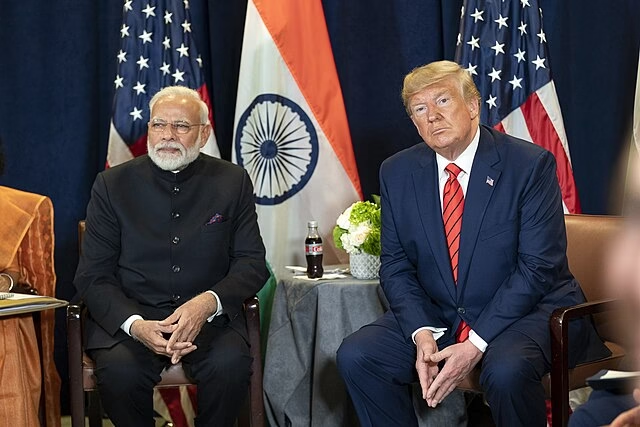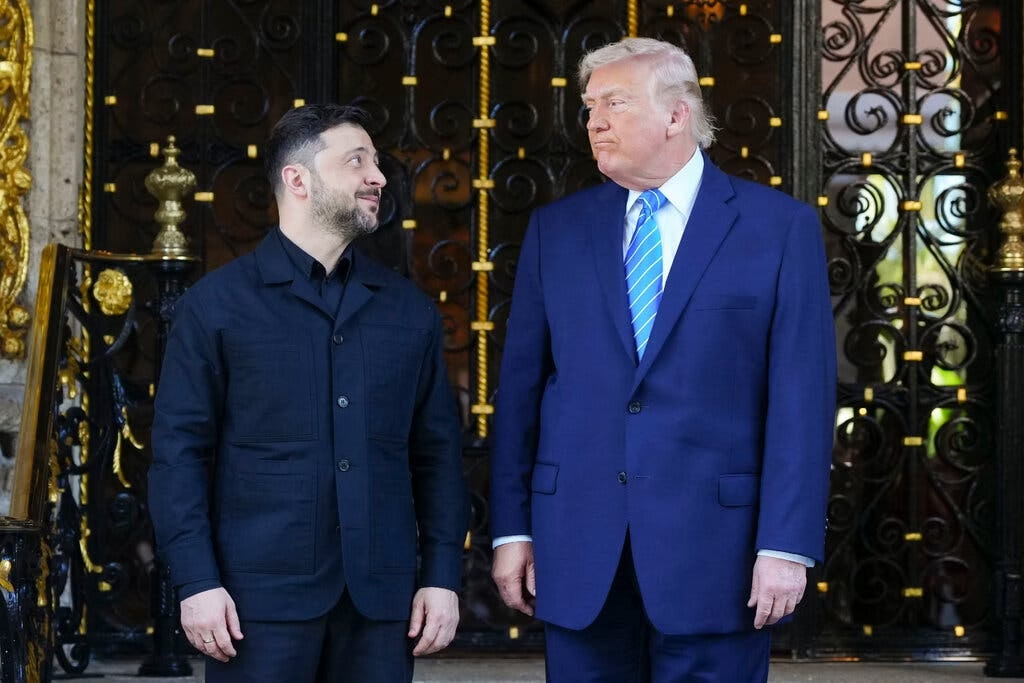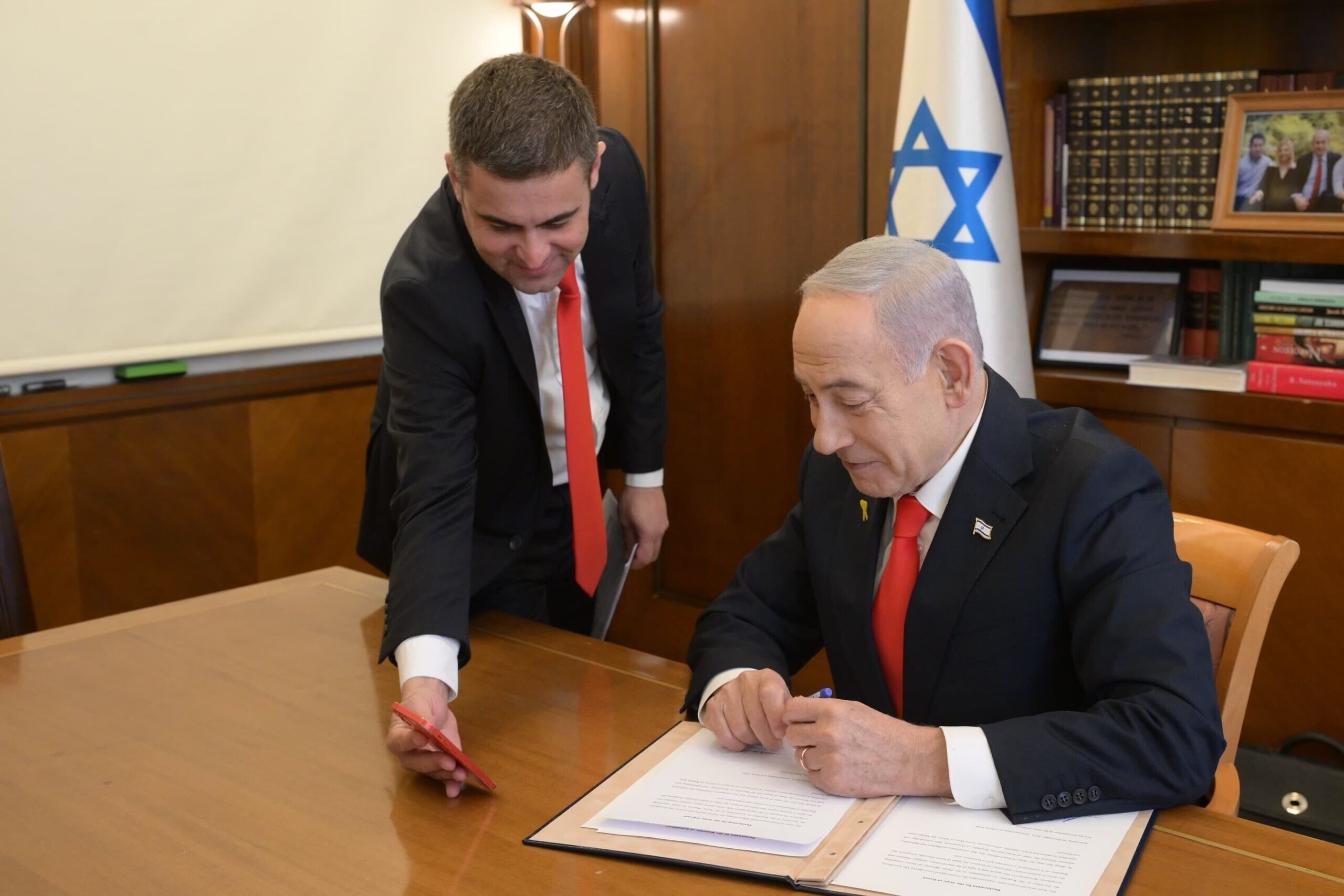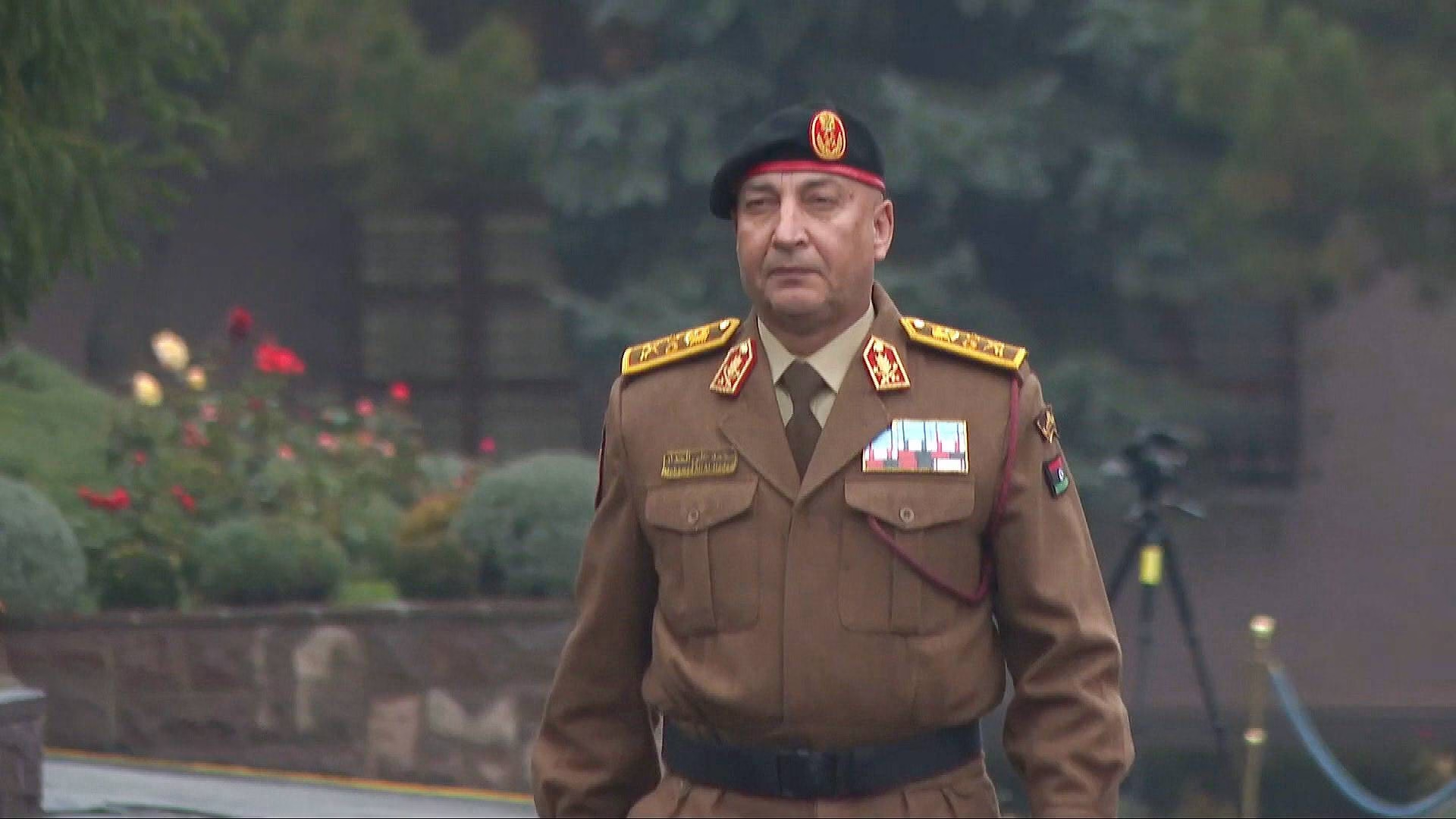The greatest tariff yet, 50% on imports from India, marks a major low in relations between the United States and India over New Delhi’s ongoing purchase of Russian oil.
Despite the previously friendly public interaction between President Donald Trump and Indian Prime Minister Narendra Modi, the move unveiled on Wednesday adds a new 25% tariff on top of an old one.
Experts argue the choice shows Trump’s preference of “onshoring,” or bringing back US manufacturing, over “friendshoring,” or alliance with strategic allies. “This is arguably the worst moment in the US-India relationship in many years,” said Vina Nadjibulla, director of the Asia Pacific Foundation of Canada.
The tariffs are slated to go into effect three weeks from now.
Negotiating to eliminate tariffs in return for more US industrial goods, military, and energy market entry, India had been negotiating. It, nevertheless, rejected reductions on politically sensitive farm and dairy items, hence bringing negotiations down.
Tensions last week escalated as Trump threatened India with sanctions over Russian arms and oil transactions and deemed both India and Russia “dead economies.”
The trade impact follows more fundamental geopolitical tension. Publicly, Trump has taken credit for helping to negotiate a ceasefire in a recent India-Pak.








